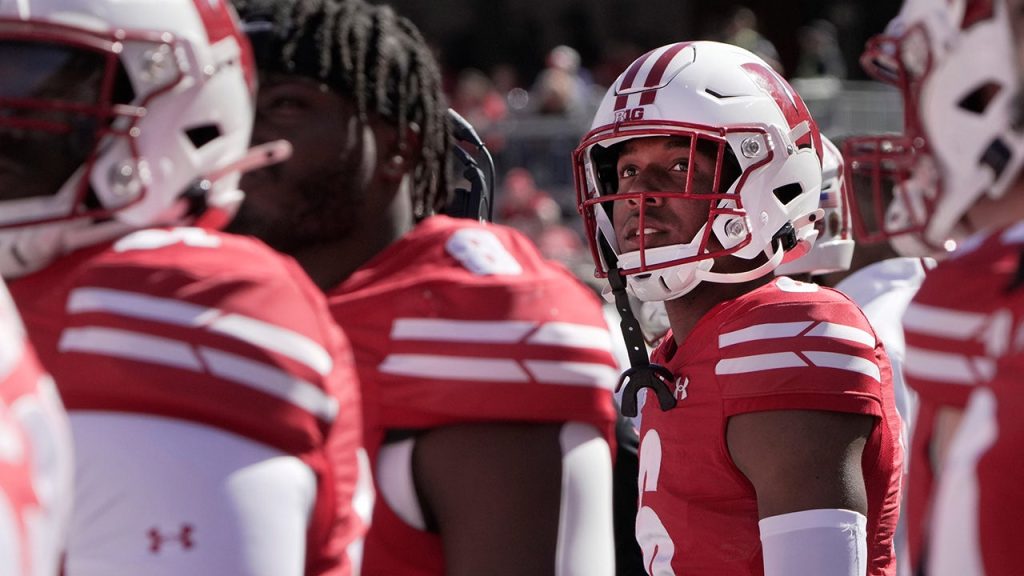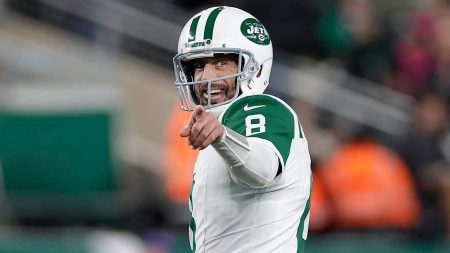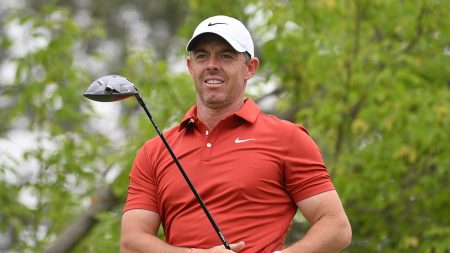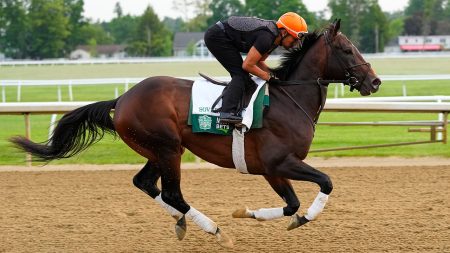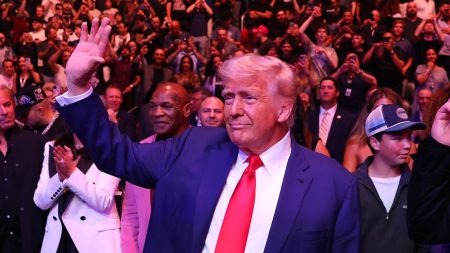The case of Xavier Lucas, a wide receiver transferring from the University of Wisconsin to the University of Miami, has exposed a potential loophole in the NCAA’s transfer portal system and sparked a debate about the evolving landscape of college athletics, particularly concerning name, image, and likeness (NIL) agreements and revenue sharing. Lucas’s decision to bypass the traditional transfer portal process altogether raises significant questions about the future of player movement and the enforceability of NIL contracts tied to anticipated revenue-sharing models.
At the heart of the dispute lies a memorandum of understanding (MOU) signed between Lucas and Wisconsin, granting the university the rights to his NIL in exchange for compensation. This agreement was contingent upon the approval of a legal settlement related to NIL revenue sharing, which has yet to receive final judicial approval. When Lucas decided to transfer closer to home due to a family health issue, Wisconsin refused to enter his name into the transfer portal, citing the MOU. This refusal effectively blocked Lucas from readily transferring through the conventional channels. The university’s stance was based on the premise that the MOU constituted a binding financial agreement, despite the fact that the enabling revenue-sharing model remained unapproved and no payments had been made to Lucas.
This impasse created a complex legal and procedural dilemma. The NCAA mandates that schools must enter a player’s name into the transfer portal upon the player’s request, but Wisconsin argued that the MOU superseded this obligation. Lucas’s attorney, Darren Heitner, contended that the MOU was invalid due to the lack of judicial approval for the underlying revenue-sharing model and Wisconsin’s failure to fulfill its financial obligations. Furthermore, he argued that preventing Lucas from entering the portal constituted a violation of NCAA rules.
The situation escalated as Lucas decided to circumvent the transfer portal altogether. He unenrolled from Wisconsin and subsequently enrolled at Miami, a move permissible under NCAA rules which do not explicitly prevent a student-athlete from independently transferring between institutions. This unprecedented approach underscores the potential vulnerabilities of the current transfer portal system and raises concerns about its effectiveness in regulating player movement. While graduate transfers can traditionally transfer outside the designated portal window, Lucas’s case establishes a potential precedent for undergraduate athletes.
This maneuver has significant implications for the future of college athletics. It highlights the growing tension between institutions and athletes regarding NIL rights and the increasing influence of external factors, such as family circumstances and evolving legal landscapes surrounding NIL. The case also exposes the precariousness of NIL agreements tied to unapproved revenue-sharing models, creating uncertainty for both players and universities.
The Lucas case raises several key questions: What is the enforceability of NIL agreements tied to pending legal settlements? Does the transfer portal effectively regulate player movement, or are there viable alternatives? How will this precedent impact future transfer decisions and negotiations between players and universities? Will the NCAA revisit its transfer portal regulations in light of this case? These questions will undoubtedly shape the ongoing discourse surrounding NIL rights, revenue sharing, and the transfer portal system.
The legal and ethical implications of Wisconsin’s initial refusal to enter Lucas into the transfer portal remain a point of contention. Heitner argues that the university’s actions tarnished its reputation and that any legal action against Lucas would be futile and further damaging. Wisconsin’s perspective, though not publicly articulated in detail, likely centers on the perceived contractual obligation of the MOU and the desire to protect its investment in the athlete’s NIL.
The NCAA’s statement acknowledging the legality of Lucas’s direct transfer to Miami, while not directly addressing the specifics of the MOU dispute, underscores the complexity of the evolving rules surrounding NIL and player movement. This case highlights the potential for conflict between institutional policies, NCAA regulations, and the individual rights of student-athletes.
The long-term impact of the Lucas case on the transfer portal remains to be seen. It could lead to revised NCAA regulations regarding the portal, NIL agreements, and revenue sharing. It could also embolden athletes to explore alternative transfer pathways, potentially weakening the authority of the portal system. The case underscores the need for clearer guidelines and legal frameworks surrounding NIL and player movement to prevent similar disputes in the future.
The situation also brings to light the increasing complexity of NIL deals in college athletics. As universities and athletes navigate this relatively new terrain, the Lucas case serves as a cautionary tale about the importance of clearly defined contracts, adherence to existing NCAA rules, and the potential pitfalls of tying agreements to pending legal decisions.
Beyond the legal and regulatory aspects, the Lucas case raises ethical questions about the treatment of student-athletes and the balance of power between institutions and individuals. Critics of Wisconsin’s actions argue that the university prioritized its financial interests over the well-being of the athlete, particularly given the family health issue cited as a reason for the transfer.
The case also highlights the need for greater transparency and communication between universities and athletes regarding NIL agreements, revenue sharing, and transfer procedures. Open dialogue and clear expectations can help mitigate potential conflicts and ensure that all parties understand their rights and obligations.
Moving forward, the NCAA, universities, and legal experts will need to carefully examine the implications of the Lucas case and develop strategies to address the challenges it presents. This includes clarifying the enforceability of NIL contracts tied to pending legal settlements, strengthening the transfer portal system or developing alternative mechanisms for player movement, and establishing clearer guidelines for navigating NIL agreements and revenue sharing within the context of NCAA regulations.
Ultimately, the Xavier Lucas case serves as a pivotal moment in the evolution of college athletics, forcing a critical examination of the transfer portal, NIL rights, and the complex relationship between universities and student-athletes. The outcome of this case and the subsequent actions taken by the NCAA and its member institutions will significantly shape the future landscape of college sports.




